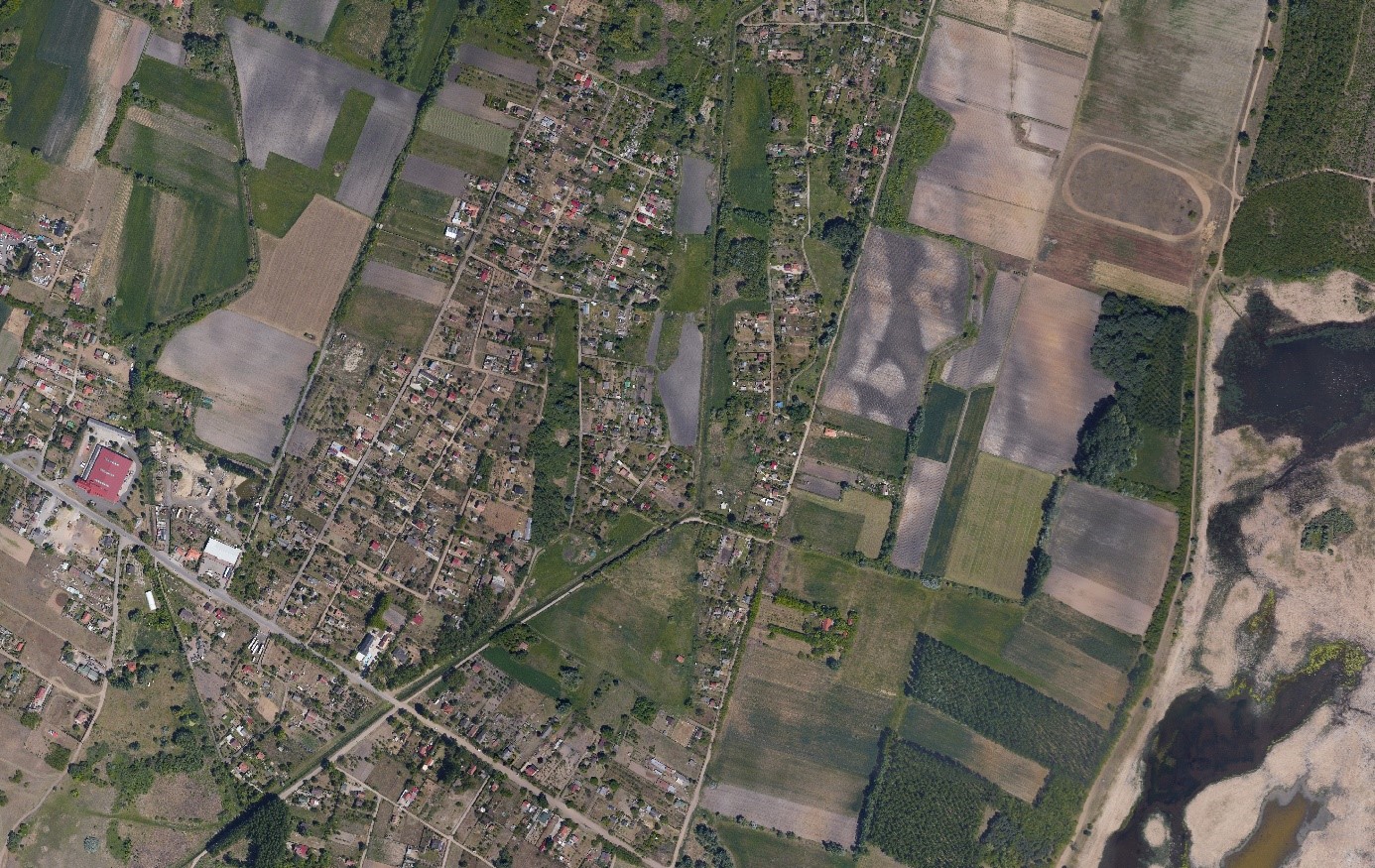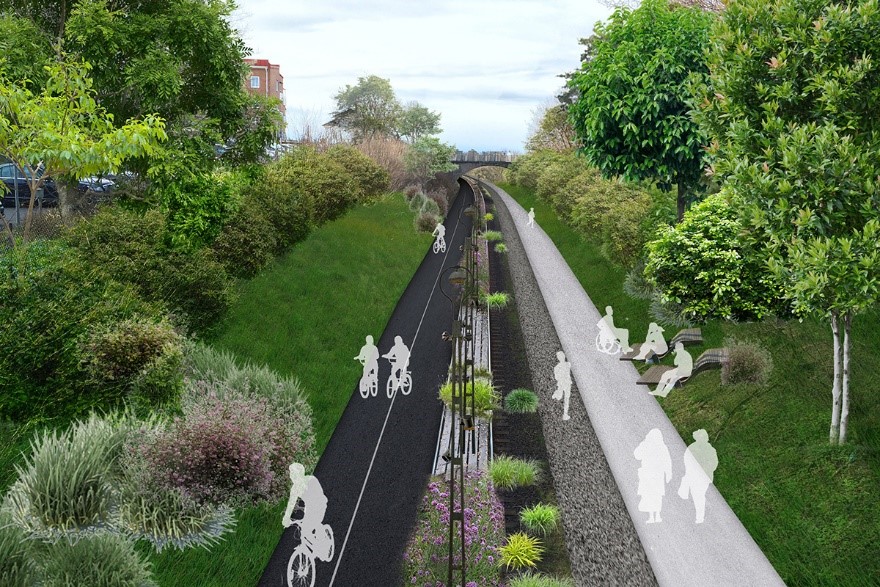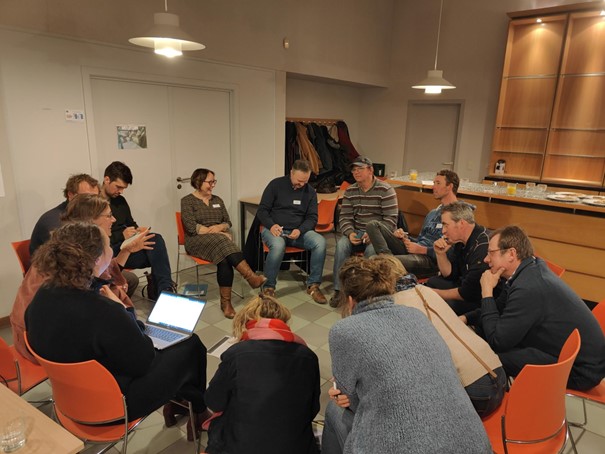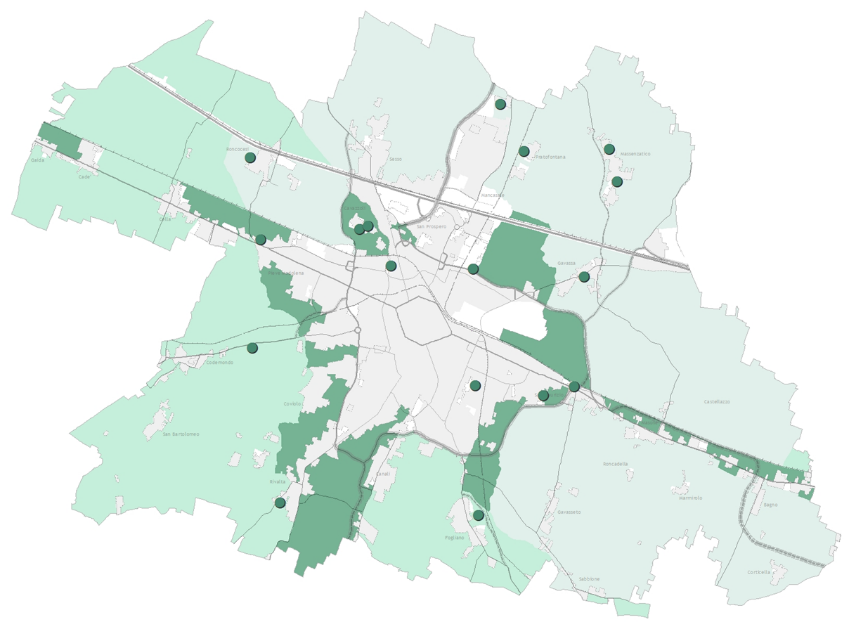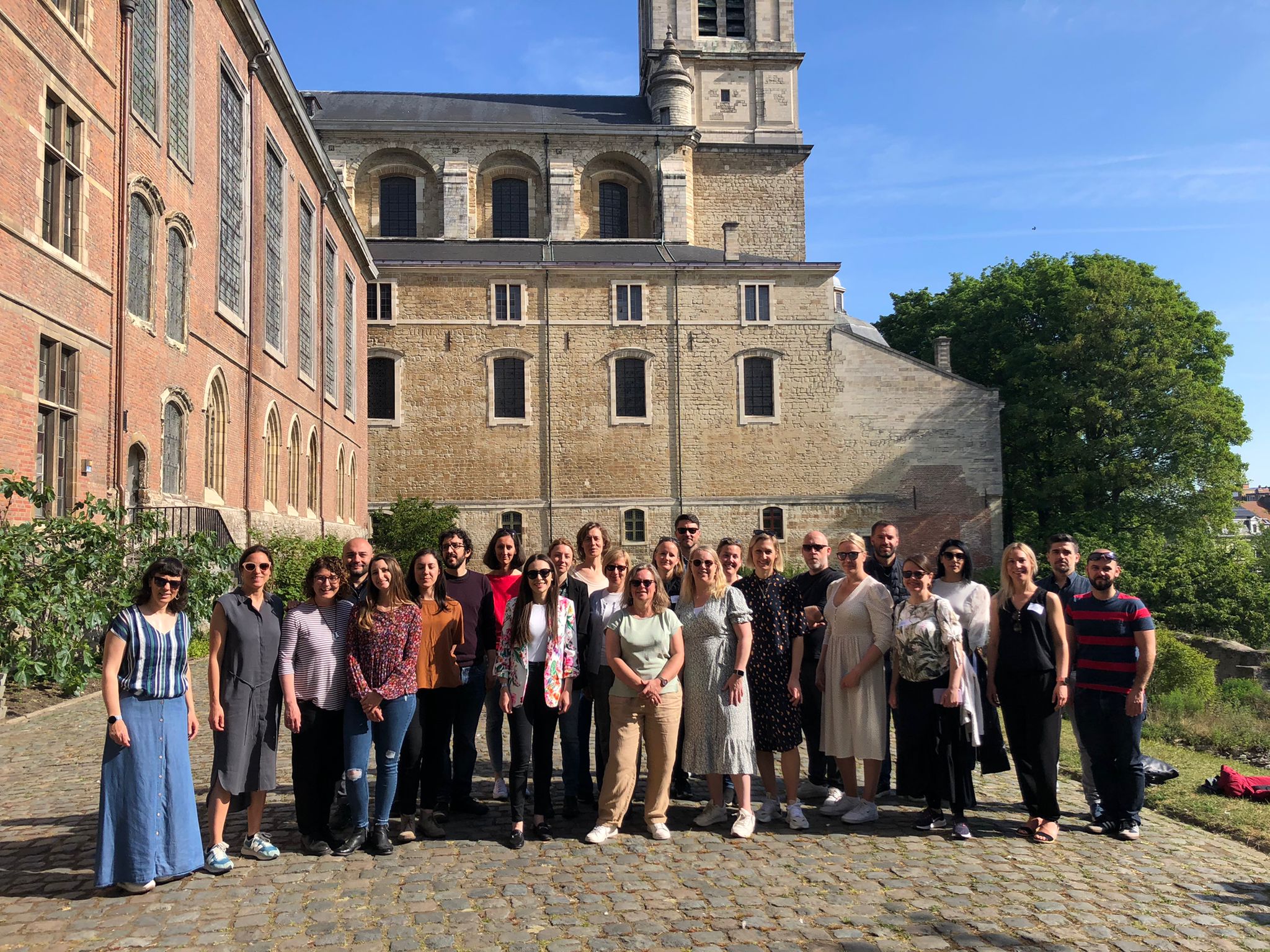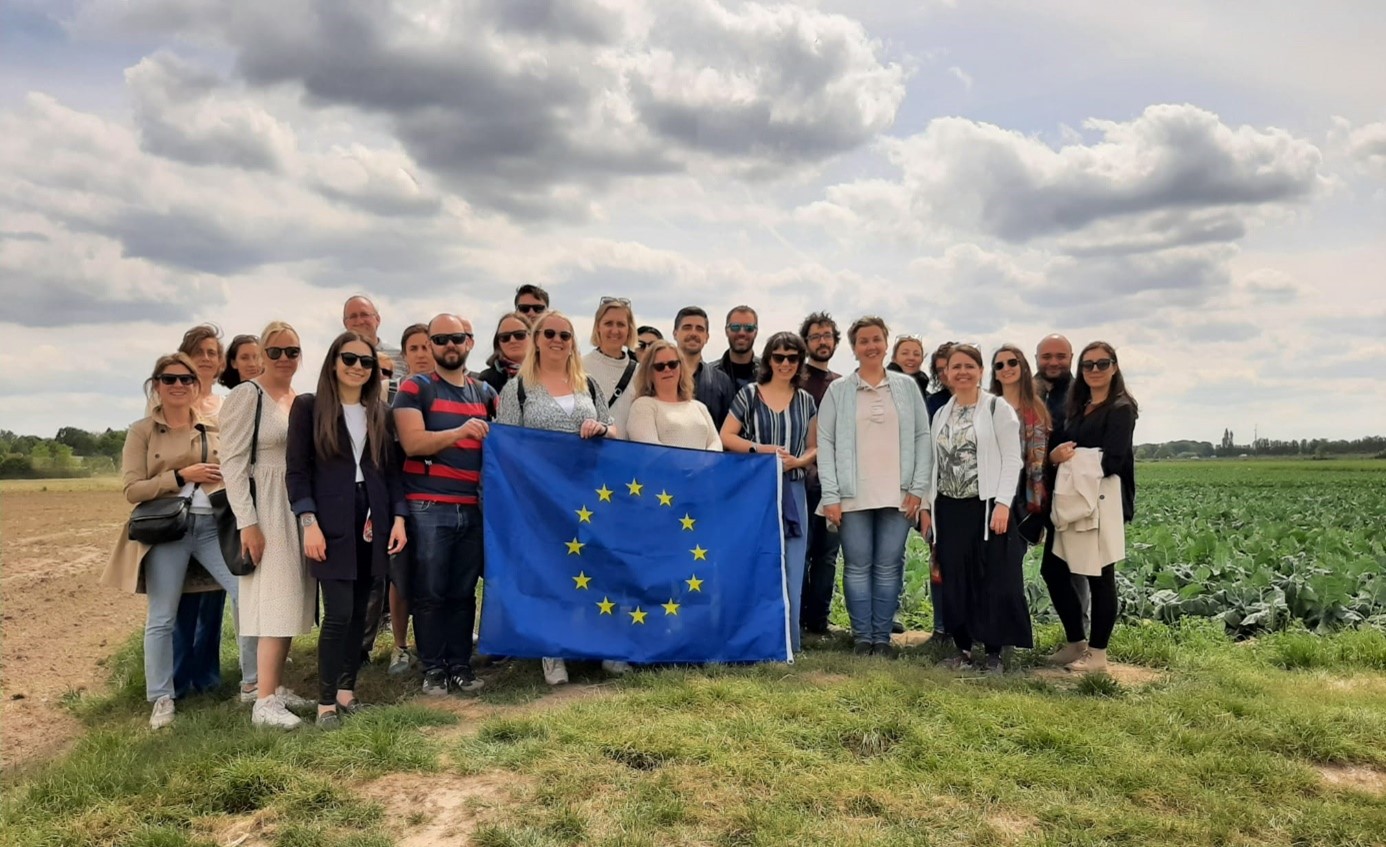Debrecen is the economic, cultural and knowledge centre of the Eastern part of Hungary, an innovatively developing macro-regional centre, offering a high quality of life. Its topographical appearance is beyond the built-in centralized area, an extensive periphery with different land characteristics and land use. The whole city area is 461.6 km2, of which approximately 362 km2 are peri-urban areas and 99.7 km2 are inner-urban areas.
As one of the first steps in the PROSPERA project, the word “peri-urban” has been translated and integrated into the local context. In the case of Debrecen, small residential areas, protected natural and cultural values, forests, intensive arable lands of high quality, other agricultural fields, gardens and areas for industrial exploitation (e.g., industrial parks, sites) are located in the peri-urban areas. This diversity made it important for the city to address it at a strategic level.
During the implementation period of PROSPERA, the responsible bodies for Hungarian spatial development policy started the territorial planning for the period 2021-2027. The national framework has provided the opportunity for larger cities to develop their own new planning document, the so-called Sustainable Urban Development Strategy (SUDS), which coincided with the development of the Local Action Plan (LAP) in the PROSPERA project. EDC Debrecen is exclusively responsible for the development and regular revision of SUDS and prepares the proposal of the SUDS document for the decision-making process.
Thanks to the participation in project activities, increased attention was drawn to peri-urban areas. Relevant departments of the Municipality of Debrecen were involved in the project as stakeholders in order to better understand the importance of good practices and exchange of experiences. Based on the interregional knowledge exchange, the Local Action Plan was developed through stakeholder meetings with local partners, in order to improve the local policy instrument for the peri-urban areas of Debrecen.
City-level strategic documents only enter into force once they have been adopted by the General Assembly of the Municipality. This is also the case for SUDS, but unfortunately this has not yet happened. The ratification of the SUDS is expected by the end of this summer.
In the LAP of Debrecen, two actions were identified: (1) “The Monitoring of the measures related to peri-urban areas in SUDS” and (2) “Digital, high accuracy cadastre of green areas and trees”. Although the SUDS has not yet been adopted, the monitoring process is ongoing. Last year, the city has developed its own specific indicators and their methodology. At strategic level, a total of 37 specific indicators have been defined, of which 2 are related to the “Preservation and sustainable use of the peri-urban areas” sub-objective, therefore to peri-urban areas. As for the second action, the aim is to produce a digital cadastre that provides real and factual data for the processes taking place in green spaces. Over the past year, the technical content has been developed with significant input from international learning experiences. The cadastre is expected to be completed in the next year.


